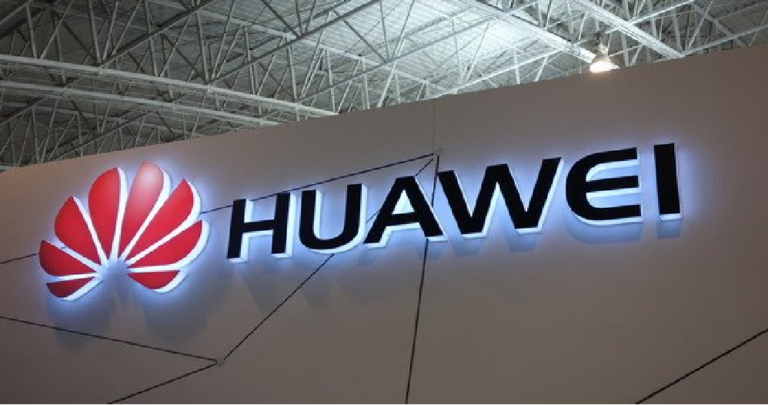
The United States is taking steps to compensate telecom companies affected by the decision to boot Huawei and ZTE out of the country’s telecom industry.
The US Federal Communications Commission (FCC) said on Monday it will open a $1.9 billion program to reimburse mostly rural US telecommunications carriers for removing network equipment made by Chinese companies, which Huawei has called Huawei as a threat to national security and ZTE Corp., Reuters reports.
The programme, which was finalized in July, will be open for applications from October 29 to January 14, 2022.
Tekedia Mini-MBA edition 16 (Feb 10 – May 3, 2025) opens registrations; register today for early bird discounts.
Tekedia AI in Business Masterclass opens registrations here.
Join Tekedia Capital Syndicate and invest in Africa’s finest startups here.
Last year, the FCC designated Huawei and ZTE as national security threats to communications networks — a declaration that barred US firms from tapping $8.3 billion government funds to buy equipment from the companies. The FCC adopted rules in December that required carriers with ZTE or Huawei equipment to “rip and replace” that equipment.
This problem is a major problem for rural carriers, who face high costs and difficulty finding workers to remove and replace equipment.
The FCC’s final order expanded eligible companies for reimbursement from those with 2 million or fewer customers to those with 10 million or fewer.
In September 2020, the FCC estimated that it would cost $1.837 billion to remove and replace Huawei and ZTE devices from the network.
In June, the FCC voted to advance a plan to ban approval from Chinese companies for equipment in US telecommunications networks that are perceived as national security threats, such as Huawei and ZTE. The FCC can also revoke prior equipment authorizations issued to Chinese companies. In March, the FCC designated five Chinese companies as a threat to national security under a 2019 law aimed at protecting US communications networks.
Affected companies include the previously named Huawei and ZTE, as well as Hytera Communications Corp, Hangzhou Hikvision Digital Technology Company and Zhejiang Dahua Technology Company.
In August 2020, the US government barred federal agencies from purchasing goods or services from any of the five Chinese companies.
Though President Joe Biden signed executive orders reversing some of his predecessor, Donald Trump’s orders targeting Chinese tech companies, including TikTok, the five Chinese companies were not considered eligible for the clemency.
In Biden’s executive order, there is a shift in approach to risk assessment of companies that pose a threat to US national security.
A section of the order says: In evaluating the risks of a connected software application, several factors should be considered. Consistent with the criteria established in Executive Order 13873, and in addition to the criteria set forth in implementing regulations, potential indicators of risk relating to connected software applications include: ownership, control, or management by persons that support a foreign adversary’s military, intelligence, or proliferation activities; use of the connected software application to conduct surveillance that enables espionage, including through a foreign adversary’s access to sensitive or confidential government or business information, or sensitive personal data; ownership, control, or management of connected software applications by persons subject to coercion or cooption by a foreign adversary; ownership, control, or management of connected software applications by persons involved in malicious cyber activities; a lack of thorough and reliable third-party auditing of connected software applications; the scope and sensitivity of the data collected; the number and sensitivity of the users of the connected software application; and the extent to which identified risks have been or can be addressed by independently verifiable measures.



